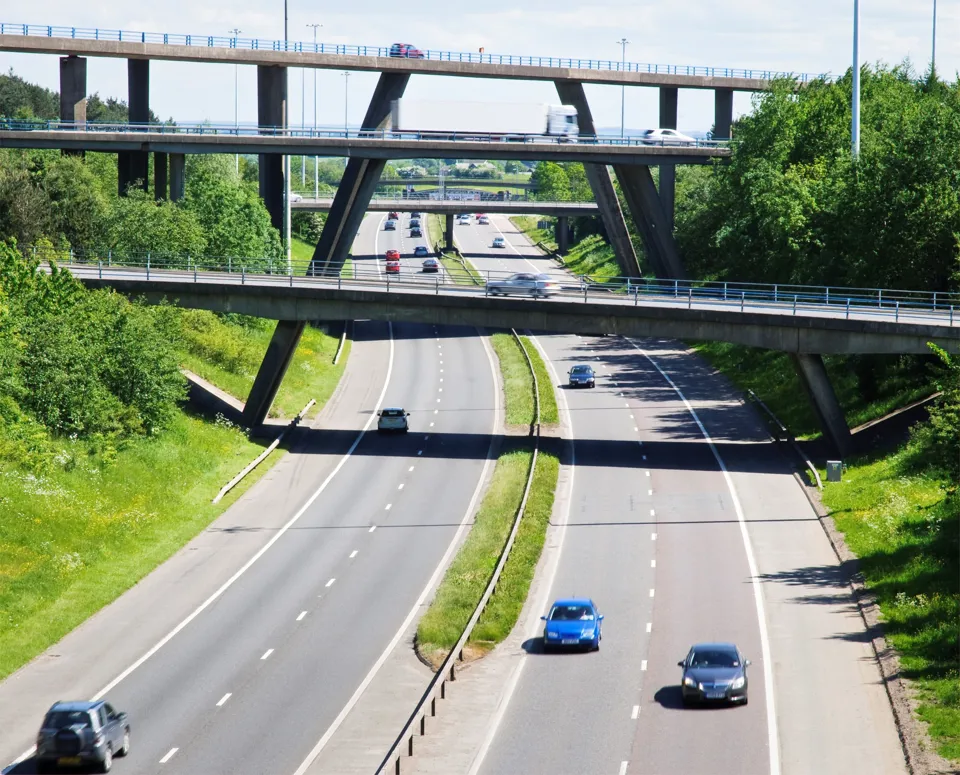Highways England has insisted that safety is its number one priority after a bridge collapse in Italy left at least 38 people dead.
Dozens of vehicles dropped when a huge tower and a section of the Morandi bridge measuring about 200m collapsed on to railway lines, a river and a warehouse.
The Morandi, which was built in the 1960s, stands on the A10 toll motorway, Italy's main land corridor with France.
Mike Wilson, chief highways engineer at Highways England, said: “We can reassure drivers that safety is and always will be our top priority.
“We have detailed design standards and quality control processes to ensure bridges are designed and constructed to provide safe and comfortable journeys for road users.
“This is supported by a thorough and regular regime for inspecting all structures, including bridges, on England’s motorways and major “A” roads and taking any necessary action to help ensure they stay safe.
“A very small proportion of our structures are suspension or cable stayed bridges but none of them are of similar construction to the one in Genoa.
“We’re committed to continually improving our network to make every journey the safest it can be. So when the causes of the Genoa bridge collapse have been investigated and reported, we will carefully assess any lessons to be learnt and will bring in any required changes to standards and processes.”
There are more than 21,000 structures on England’s network of motorways and major “A” roads, none of which are of similar design to the one in Italy.
Highways England employs a rigorous inspection regime for all of its structures, which takes into account design, age and the likely maintenance needs.
General inspections are undertaken every two years with more detailed principal inspections typically every six years which involve close inspection of all parts of a structure.

















Login to comment
Comments
No comments have been made yet.